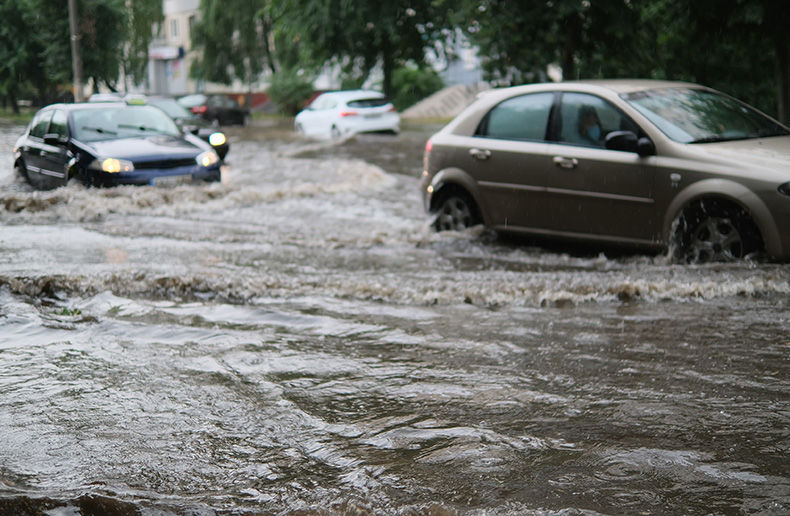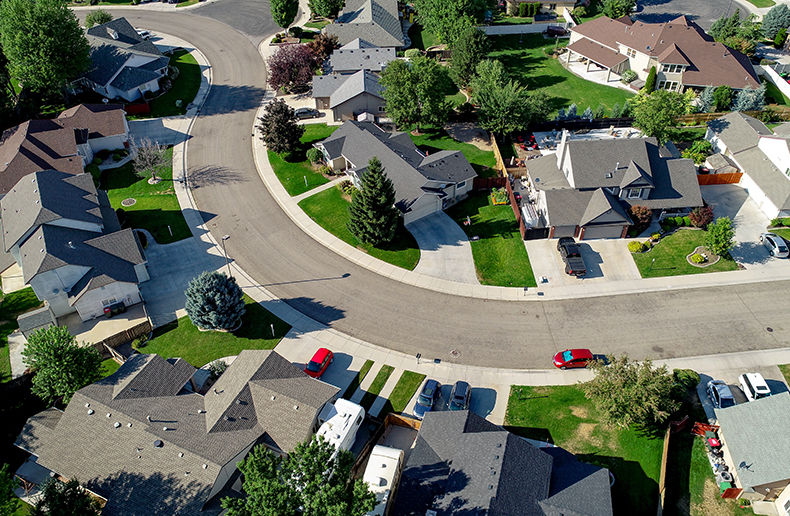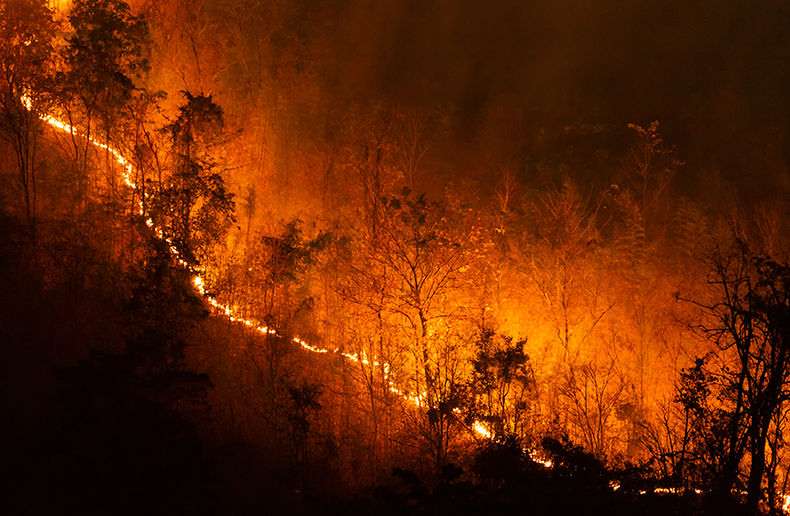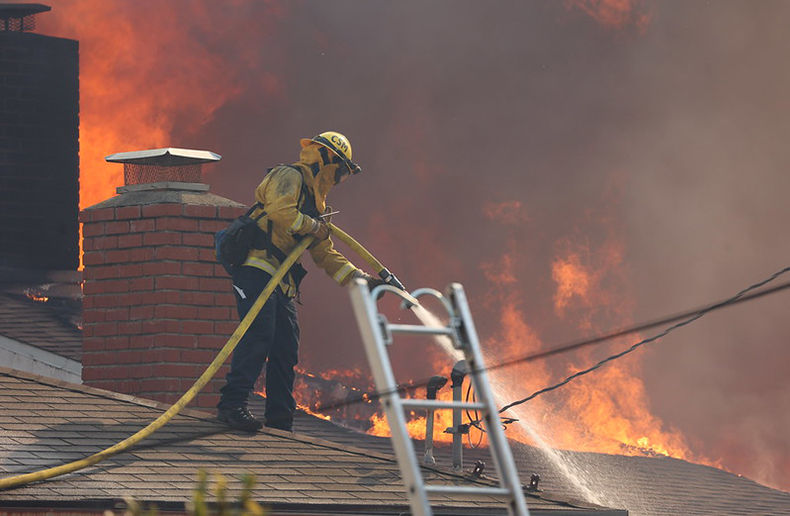According to data released on March 13 by the Insurance Bureau of Canada (IBC), 2024 was the second most expensive year on record for insured losses sustained by Canadian businesses.
Over a span of 24 days in July and August 2024, four major climate-related catastrophes struck Canada, resulting in $7.7 billion in insured losses. Commercial insurance claims accounted for approximately $1.5 billion of that total, according to Catastrophe Indices and Quantification (CatIQ).
In total, catastrophe event losses for the year amounted to $8.7 billion, with $1.7 billion attributed to business-related damages.
The insured losses for businesses from each of these events were as follows:
- Jasper wildfire: $650 million
- Remnants of Hurricane Debby: $360 million
- Calgary hailstorm: $280 million
- Flash flooding in Greater Toronto Area and southern Ontario: $190 million
“Thousands of businesses felt the impacts of severe weather last year. The historic amount of damage in 2024 underscores the escalating financial risks Canadian businesses face from catastrophic weather events,” said Liam McGuinty, IBC’s vice-president of strategy.
“These severe weather events have caused not only physical damage, but have also disrupted business operations, supply chains and the flow of goods and services in the Canadian economy. Recovery will take time, and insurers will be there every step of the way,” he added.
Since 2010, more than 132,000 businesses have filed claims for damages caused by extreme weather, according to CatIQ. The costliest year for insured business losses remains 2016, due to the devastating wildfire in Fort McMurray, northern Alberta.
Over the past five years, insured losses for both personal and commercial properties and vehicles totaled $20 billion, which is double the amount recorded in the previous five-year period. According to IBC, this trend underscores the urgent need to strengthen Canadian communities’ resilience to severe weather events.
“Canadian governments must move swiftly to make targeted investments in infrastructure that defends against floods, improve land-use planning rules that ensure homes and businesses are not built on flood plains, and that FireSmart best practices are followed in communities in high risk wildfire zones,” McGuinty emphasized.
















